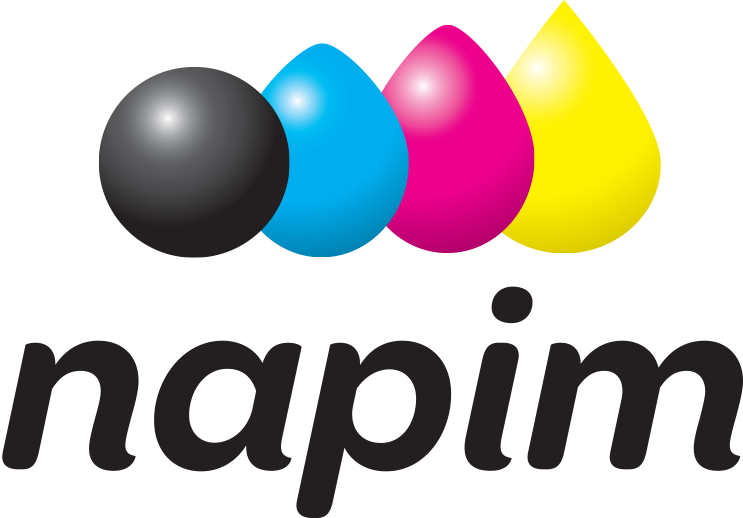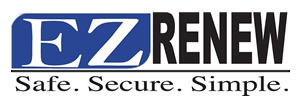2025 Summer Course Wrap-Up
The 2025 NAPIM Summer Course took place at Appalachian State University in Boone, NC from July 14–18. Appalachian State University houses one of the premier graphic communications departments in the U.S. and offers excellent instructional facilities along with state-of-the-art ink laboratory and printing training resources.
This course served as a comprehensive “foundation” program that began with fundamental concepts and advanced into more complex topics. This unique, one-of-a-kind, week-long course provided attendees with a solid understanding of printing ink formulation, performance, and testing.
Designed to appeal to both technical staff (formulators, in-plants, chemists) and non-technical staff (sales, support personnel, and newcomers to the industry), the course included actual production press demonstrations and introduced new ways to improve skills while maximizing productivity.
Instructors included printing and ink experts from:
Evonik, Allnex, BASF, Cabot Corporation, Appalachian State University, IGT Testing Systems, Kershaw Instrumentation, Kustom Group, NAPIM, Printers’ Service, Sun Chemical, and others.
Each Summer Course instructor was carefully chosen not only for their technical expertise, but also for their ability and interest in communicating complex information in a classroom setting. And while this course occurred annually, it was not the same as previous years—each session was reviewed, refined, and improved to ensure the most current and up-to-date information was provided.
Course Highlights Included:
Paper Properties and Printability:
This session covered cellulosic/porous substrates. Important paper properties—such as paper optics, opacity, basis weight, and internal bond—were discussed. Attendees also explored paper testing for printability, including ink gloss, drying, pilling, and dot-gain.
Organic/Inorganic Pigments, Metallic & Special Effect Colorants:
This session explained the basics of color in printed applications. Topics included the CIELAB (Lab*) Color Space and key pigment properties such as color strength, transparency, stability, hiding power, flow properties, and dispersibility.
Fundamentals of Carbon Black:
Carbon black, a widely used component in printing ink formulations, was examined in detail. This session covered the carbon black process, types and grades, surface structure and chemistry, and other key graphic arts properties.
Film Substrate:
This in-depth session focused on polymeric substrates (films), which are major materials in packaging. It covered technical aspects of different films—such as polypropylene, polyethylene terephthalate, nylon, and polyvinyl chloride—and their printing-related properties.
Formulating Litho Inks & Vehicles:
This interactive session allowed registrants to apply concepts learned earlier in the week. Attendees were guided through the “whiteboard” construction of a lithographic ink formulation.
Principles of Rheology & Practical Applications:
Understanding rheology is essential for printing ink formulation. This presentation focused on what rheology is, how it is measured, how it affects different types of printing inks, and related issues.
Lithographic Print Process:
This session provided an in-depth understanding of the lithographic printing process, which remains a dominant method in today’s printing and graphic arts industries.
Energy Cure (UV, EB, LED):
This session examined energy-curable inks, which continue to gain popularity. Topics included different types of energy-curable inks, their formulation, application methods, and benefits.
Inkometer Demonstration:
This onsite session featured the inkometer—a vital tool for measuring printing ink stability. Attendees observed its operation and learned how to interpret test results.
Viscosity Demonstration:
This onsite demonstration focused on ink viscosity, one of the most important ink properties. Attendees observed how to measure viscosity using an ink viscometer.
Attendees left this year’s course with new knowledge and experience in their fields and a new network of industry colleagues. Over the years this course has evolved and improved to meet the training requirements of our current industry. NAPIM very much looks forward to the 2026 Summer Course and the opportunity to provide increased, focused and in-depth instruction and hands-on training to next year’s class.



